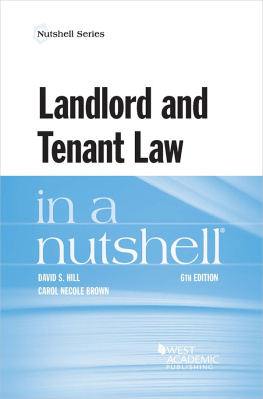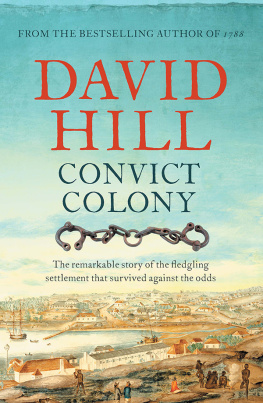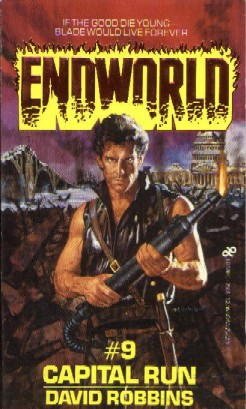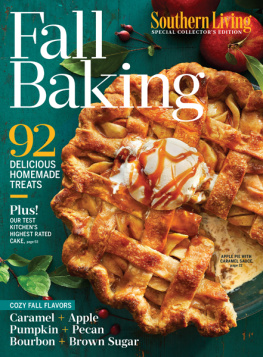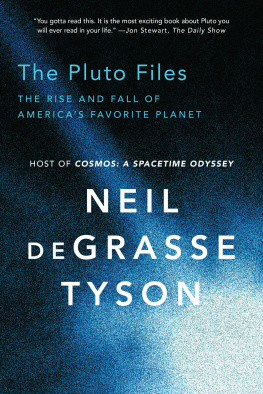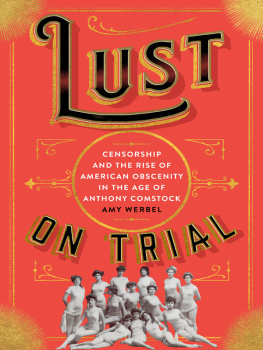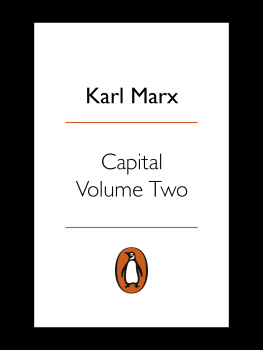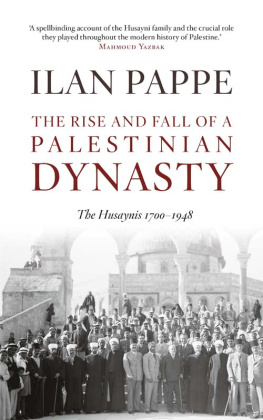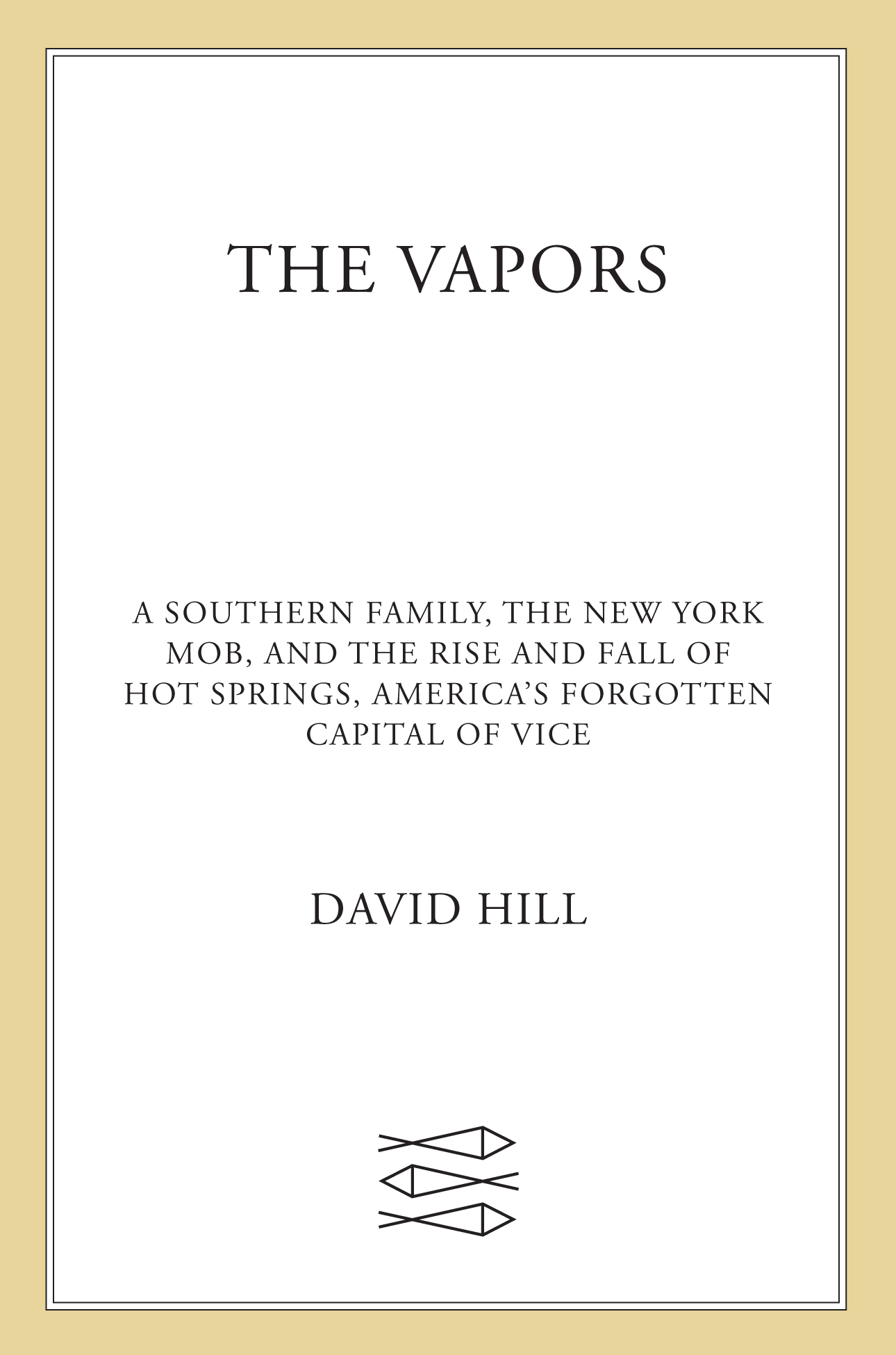The author and publisher have provided this e-book to you for your personal use only. You may not make this e-book publicly available in any way. Copyright infringement is against the law. If you believe the copy of this e-book you are reading infringes on the authors copyright, please notify the publisher at: us.macmillanusa.com/piracy.
The dialogue that appears in this book has been reconstructed using a variety of sources. FBI transcripts, newspaper reports, personal correspondence, audio recordings, and court documents were used to recreate trials, public gatherings, wiretapped conversations, and other events that are, or have become, part of the public record. The private histories of Hazel Hill, Dane Harris, Owney Madden, and their associatesparticularly their modes of speechare presented based on the recollections of family members and others with memories (either firsthand or secondhand) of Hot Springs during the years 19311968.
Books on organized crime must rely on texts and sources that are unreliable. FBI informants, trial witnesses, criminal suspects, and journalists sources whose accounts are of questionable veracity have over the years become a part of the historical canon. Likewise, the oral histories of Hot Springs, a small and close-knit southern town where many of the families of the people in this book still reside, are often in disagreement with each other or the public record. During the course of my research for this book over the last five years, I encountered several instances of competing accounts from multiple sources. In those cases I made choices about what to present and what to leave out based on my own sense of the facts.
The events of this book took place more than fifty years ago. The impact of those events, however, reverberates in Hot Springs to this day, in ways both large and small. During the time I spent in Hot Springs doing research, many people were willing to share their stories with me. Some, however, refused to participate or would talk to me only if I left their names out of this book, either out of fear of reprisal or distrust of outsiders. I have granted anonymity to those who requested it. Though Hot Springs has changed in many ways from the sin city of the Bible Belt it once was, ghosts of the past still linger.
APRIL 7, 1961
Down in the valley beneath the shadow of Sugar Loaf Mountain, where the hot vapors rise from the healing waters of the springs, L. V. Rowe was on one hell of a roll at the dice table. He was crowded in between the stickman and the other dice players, who were lined up two and three deep at all five tables, making the wide marble-and-crystal-appointed room feel small.
Five! A no-field five! yelled the boxman.
The gamblers whooped. The dealers placed the checks down on the felt in front of the winning players. Rowe picked his up and placed them in his stack along the rail of the table. The stickman shoved the two dice along the felt and left them right in front of him, and he picked them up and shook them in his fist. He was on some run indeed.
Were coming out! the boxman yelled as Rowe prepared to shoot. He flung the dice across the table, and the crowd roared.
This was the Vapors, the grandest casino in what was once the premier gambling destination in America. Hot Springs, Arkansas, is a very different place todayan anonymous southern city twenty-five miles from the nearest interstate, the gamblers long since run out of townbut late on a Saturday night in April 1961, at the height of the horse racing season at Oaklawn Park, there was no more exhilarating place to be in the entire country. The gaming floor was filled to capacity with revelers after a long day of hollering at the track. Hot Springs was in the middle of a banner season, welcoming five million visitors that year alonea high-water mark in the citys history.
AS FAR BACK AS the nineteenth century, when Las Vegas was still a dusty smudge on the horizon, Hot Springs had been a popular resort town. They used to call it Americas first national park, because long before there was even a National Park Service, Hot Springs was the first park managed by the federal government. In 1832, before Arkansas was even a state, President Andrew Jackson signed legislation designating the land around Hot Springs where the thermal waters flowed from the mountains as federal territory, with the idea that the government could construct medicinal bathhouses. On March 4, 1921, when the federal government did finally designate Hot Springs a national park, it had the distinction of being the countrys smallest. In fact, it was arguably not even a park at all. Not in the traditional sense of one, anyway. The national park was merely a stretch of federal property smack-dab in the middle of the then-bustling small town. The more lush and dense areas of the national park werent nearly as popular among visitors as the one-block stretch that lined one side of Central Avenue in downtown Hot Springs, which they called Bathhouse Row. The federal government operated a string of eight bathhouses up and down the block, which piped in the naturally hot water that bubbled up from deep below the earths surface and sprang from cracks in the surrounding mountains. The citys unofficial motto was We Bathe the World.
The hot water brought visitors in search of the medicinal qualities it was said to possess. They came to soak in scalding hot baths or to sit in so-called vapor cabinets, often on doctors orders, to treat everything from diabetes to epilepsy. Prizefighters like Jack Dempsey trained for fights in Hot Springs in order to be close to the baths. Baseball players like Babe Ruth would spend the spring months in Hot Springs, recuperating by soaking in the hot water. The popularity among professional ball players was so great that Hot Springs eventually became the official spring training location for a number of major- and minor-league teams, including the Brooklyn Dodgers, the Boston Red Sox, and the Pittsburgh Pirates. As visitors to Hot Springs would disembark from their trains, they would be besieged by doctors advertising their services, such as post-bath mercury rubbings. Some of the more popular ailments that patients came to treat were venereal diseases. Al Capone would take the waters in the 1920s to treat his syphilis. These regular and quasi-permanent guests built Hot Springs into one of Americas first resort towns, one that aimed to rival the glitziest spas of prewar Europe.
Hot Springs grew into one of the most unusual cities in the country, with an economy that revolved around tourism and employed some of the Souths most colorful characters. From carnival folks to musicians and artists, people of all races and religions flocked to Hot Springs for work taking care of the diverse and often international guests. Despite being deep in the heavily Baptist and segregated south, Hot Springs boasted two synagogues and a Jewish hospital, two Catholic churches and a Catholic school, and nineteen black churches that served the citys thousands of African American residents, most of whom worked in the bathhouses or the hospitality industry. On the east side of Malvern Avenue were black-owned hotels, restaurants, and theaterseven a black-owned-and-operated hospital. All this in addition to a growing number of Greek, Italian, and other European immigrant families, all of whom followed paths to Hot Springs to either take the baths or take care of those who did. And taking care of the bathers meant more than just scrubbing them and drying them off. The hospitality business in Hot Springs was full-service. All that a visitor desired was available. They needed only cross the street.


